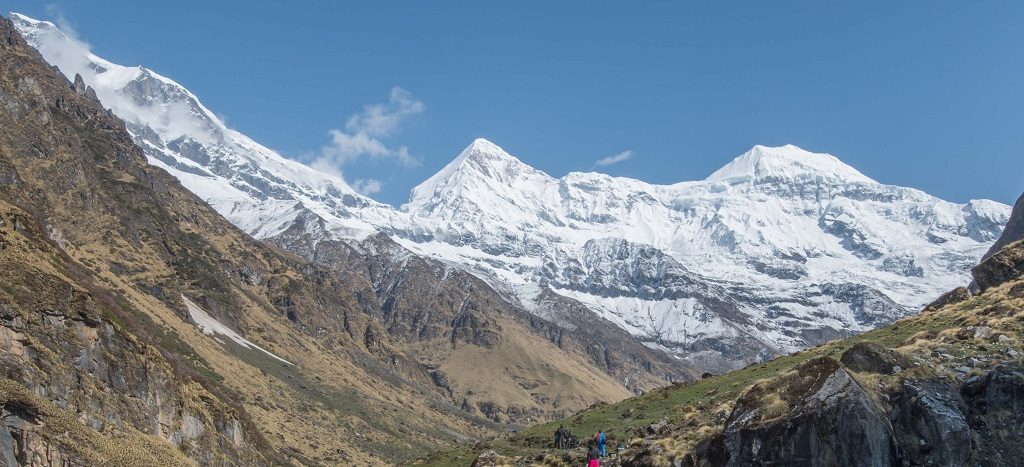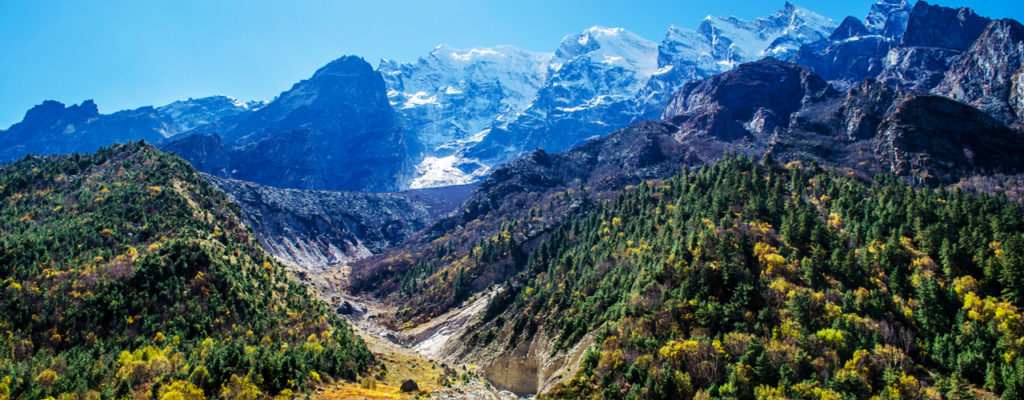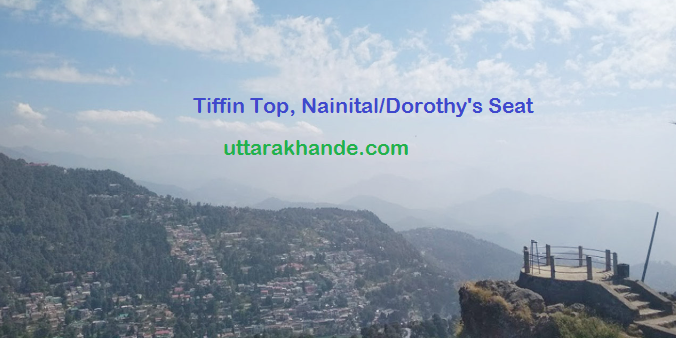Har Ki Dun Trek
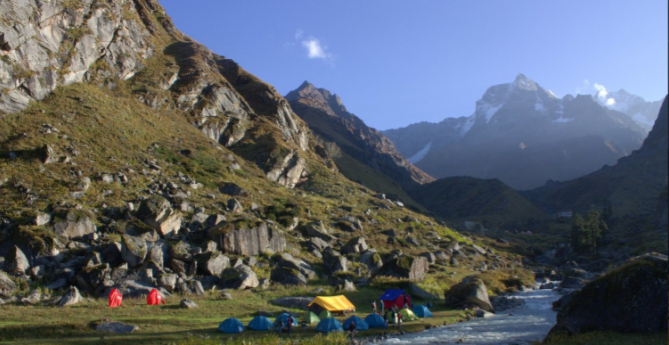
Har ki Dun Trek is a cradle-shaped valley located in the center of Govind Ballabh Pant National Park, at a height of 3566 meters. Har-ki-Dun is one of the most picturesque trekking destinations in Uttarakhand, surrounded by snow-covered peaks and alpine greenery.
Har ki Dun Valley offers breathtaking vistas of unspoiled valleys in the Garhwal Himalayas. It is one of the most beautiful spots in India, with several trekking expeditions.
The trek from Taluka to Har Ki Dun is simple. This trek takes you through some of India’s most remote communities, where modernity has yet to have an impact. This region’s residents are extremely kind and hospitable. Shepherds came to this spot to feed their livestock on the undulating grass for months.
This hidden valley appears to be a landscape painting on canvas at first look. It is no surprise that it is one of the most popular trekking locations in Uttarakhand, both in the summer and winter. From December to March, the valley is snowbound. This week-long trek across the valley is one of Uttarakhand’s most picturesque hikes. Har ki Dun Trek offers breathtaking vistas of gigantic Himalayan peaks such as the Swargarohini Group of Peaks, Kala Nag (Black Peak), Bandarpoonch, and many more.
Har ki Dun Mythology Significance
Har ki Dun is located in the valley of the magnificent Swargarohini Peak. Yudhisthir of the Mahabharata is said to have been sent to heaven with the dog from this summit. The forefathers of the inhabitants of this region have a great significant effect on the Mahabharata characters.
The progenitors of this region and its surrounds were claimed to have lived during the period of the Kauravas and Pandavas, the fabled royal warriors and rulers of the epic Mahabharata.
Places You Can See in Har ki Dun Trek
- Osla Village
- Sankri
- Sankri Zipline Ride
- Marinda Tal
- Taluka Village
- Swargarohini Peak
- Jaundhar Glacier
- Ruinsara Tal Trek
Activities You Can Do in Har ki Dun Trek
Har Ki Dun is more of a trek route for the adventurous than a tourist destination, therefore there is not much to see outside the rich natural beauty. However, from Har Ki Doon, a 4-kilometer journey to Jamdhar Glacier and Morinda Tal is possible.
- Trekking:- Har Ki Dun is one of the most rewarding treks in the Garhwal Himalayas, with picture-postcard natural splendor in the form of flowing waterfalls, snow-clad mountains, forests of pine and oak trees, and gushing rivulets and rivers.
- Camping:- Camping is one of the most incredible experiences one can have in the midst of nature. Setting up tents with friends beneath a starry night sky allows one to unwind and revitalize after a long day. Har ki Dun has one of the outstanding Himalayan vistas and an equally fascinating night sky.
- Village Tourism:- Along the trip, one passes by hamlets inhabited by indigenous populations from the region. Explore the magnificent villages such as Osla, Sankri, and others located in the midst of nature and learn about their rustic way of life, customs, and culture.
- Bird watching& Photography:- Har ki Dun is a nature lover’s heaven, with a vast diversity of plants and wildlife. Enjoy the peace of viewing the magnificent birds and photographing the breathtaking views in front of you.
Staying in Har ki Dun Trek
The best choice is to bring camping tents because Har khi Dun has several fantastic camping spots. Har ki Dun’s lodging options include Forest Rest House and GMVN Guest House. GMVN Guest House offers dorms and rooms for guests. Accommodation is also provided before to Har ki Dun at GMVN Har ki Dun, GMVN Osla, GMVN Taluka, and GMVN Sankri.
Why One Can Trek to Har ki Dun Valley?
- The trek from Taluka to Har Ki Dun is simple and suitable for novices. While the Har ki Dun trek is long, the trekking track is not as difficult as one might imagine. This journey is ideal for someone fresh to the outdoors since it mixes many types of topography and sceneries and provides an all-around trekking experience.
- This trek takes you through some of India’s most remote communities, where modernity has yet to have an impact. The little villages of Taluka, Osla, and Jakhol that intersect the trip are in a beautiful setting. You will get to experience the villages’ particular way of life as well as their rich cultural heritage. The inhabitants of this region are extremely kind and hospitable. Shepherds come here for months to graze their livestock on the undulating grass.
- From December to March, the valley is completely covered with snow. This week-long trip across the valley is one of the most gorgeous in Uttarakhand. The main features of the Har ki Doon Trek are the breathtaking vistas of massive Himalayan peaks such as the Swargarohini Group of Peaks, Kala Nag (Black Peak), Bandarpoonch, and many more.
- The Har ki Dun trek trail is picturesque and rich in flora and animals. Photograph the rich flora and animals, the wooden buildings of the villages, the natural splendor of the path, and the people’s cultural heritage along the way.
Har ki Dun Trek: Suggested Itinerary

Day 1: Dehradun to Sankri (Drive: 200 kms, 8-9 hours)
First Arrive at Sankri Village, and find a hotel/homestay in Meraki Sankri
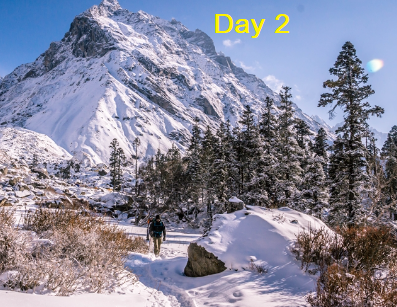
Day 2: Sankri – Taluka – Seema/Osla (Drive: 12 kms, Trek: 14 kms)
A 12-kilometer jeepable road connects Sankri with Taluka. The path winds its way through a lush forest of chestnut, walnut, and chinar trees. The hike from Taluka to Seema follows the right bank of the Supin River. You will have to traverse wooden bridges across streams and perform little hills every now and again.
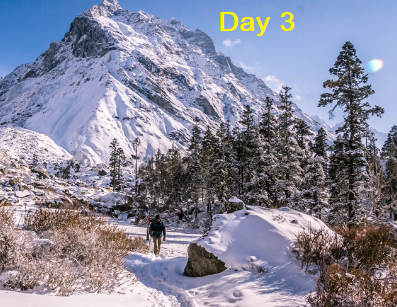
Day 3: Seema/Osla – Har ki Dun (Trek: 12 kms)
After crossing Seema, a massive bridge over the Supin River will meet you; cross it and ascend a steep path until you reach a little bridge over a creek. This is a tough climb that will take you half an hour to an hour to complete. The trekking track is visible for the following 4 km, gently climbing towards the left summit across a huge area of beautiful green meadow.
After reaching Kalkati Dhar, the scenery will change and the terrain will become less difficult. The path soon opens up as Hata Peak becomes apparent. Har ki Dun is at the base of Hata Peak. Har ki Dun is a lovely camping area with a peaceful creek running through it. It is the greatest camping spot you will come across on your trek to Har khi Dun.
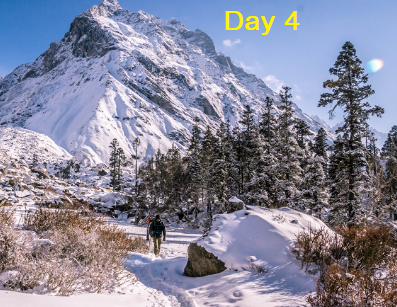
Day 4: Har ki Dun – Jaundhar Glacier/Maninda Tal – Har ki Dun
When you wake up, you will witness the sun rising from behind Swargarohini Peak. You may either rest and unwind in Har ki Dun or go on one of two local hikes, the Jaundhar Glacier or the Maninda Tal climb.
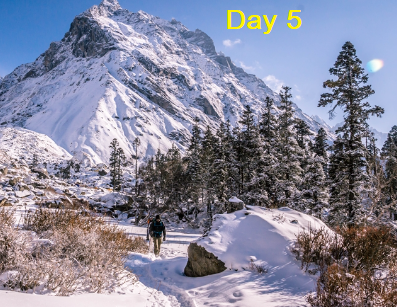
Day 5: Har ki Dun – Osla/Seema (Trek: 12 kms)
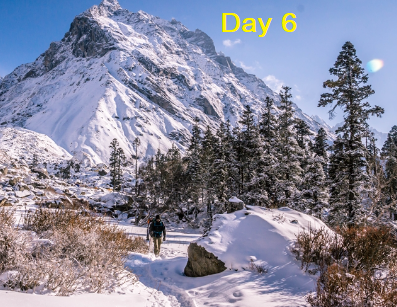
Day 6: Seema – Taluka – Sankri (Trek: 14 kms, Drive: 12 kms)
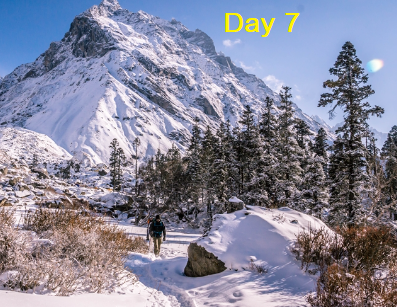
Day 7: Departure from Sankri
Best Time to do Har ki Dun Trek
Except for the monsoon season, this trek is acceptable all year. Visitors who visit during different seasons will be able to enjoy the varied splendor of the mountains and paths. Snow creates a beautiful splendor in the mountains throughout the winter season, which lasts from December to April. In the spring, you may enjoy breathtaking vistas of flower-filled slopes, lush green woods, and scattered snow. The range’s average temperature is modest (1°C to 5°C).
So the best time to do Har ki Dun depends on what you want to experience, whether it is the vivid colors and warmth of the sun as you run over the meadows or the sheer majesty of snow-covered landscapes with a sense of adventure. However, the “popular” season for the journey is March-June, which is commonly considered to be the ideal time to complete the trek.
If you want some peace and quiet in the mountains, September to November sees fewer trekkers, and the only thing you can hear is the rhythm of the mountains, birds, and alpine woods. Regardless, both trekking seasons for the route are compelling, and who knows, you could end up doing it twice!
How To Reach
By Road:- Travel by bus, cab, or personal automobile from Delhi to Dehradun, which is around 250 km distant. From Dehradun, use any local mode of transportation, such as a bus or cab, to reach Har Ki Dun’s base camp, Sankri, which is 200 km distant. It is best to begin this journey early in order to get to Sankri during the optimal time.
By Train:- If you want to go by train, there are various options from Delhi to Dehradun. Take a train from Delhi to Dehradun; the travel should take about 6-7 hours. Take a local taxi from Dehradun to Sankri using the previously indicated route.
By Air:-If you want to go to Sankri, take a plan from Delhi to Dehradun’s Jolly Grant Airport. Take a cab from the airport to Sankri, which is 200 km from Dehradun.
Har ki Dun Trek: Some Important Tips
- Although the Har Ki Dun trek is classified as simple, the distance traveled is considerably greater. As a result, hikers must be physically fit for this journey.
- If someone has problems carrying gear, mules and porters are available for rent, especially during the hiking season.
- When traveling during the monsoon season, check with local authorities, tour guides, or tour operators about the weather and road conditions before beginning your journey or trek.
- It is best to go with an experienced tour guide. The guide would be familiar with the route and would assist you in staying on course.
NOTE:- In this article, we cover all the important details regarding Har Ki Dun Trek, Sankri Uttarakhand, like trek route, the best time to visit, and how to reach, Still If you have any other queries you can visit the gov official website of Uttarakhand Tourism. If you want to know the best places to visit in Uttarakhand then visit our website uttarakhandeyes.com.

